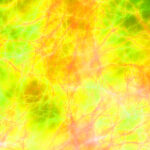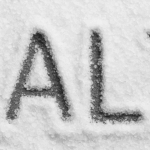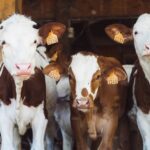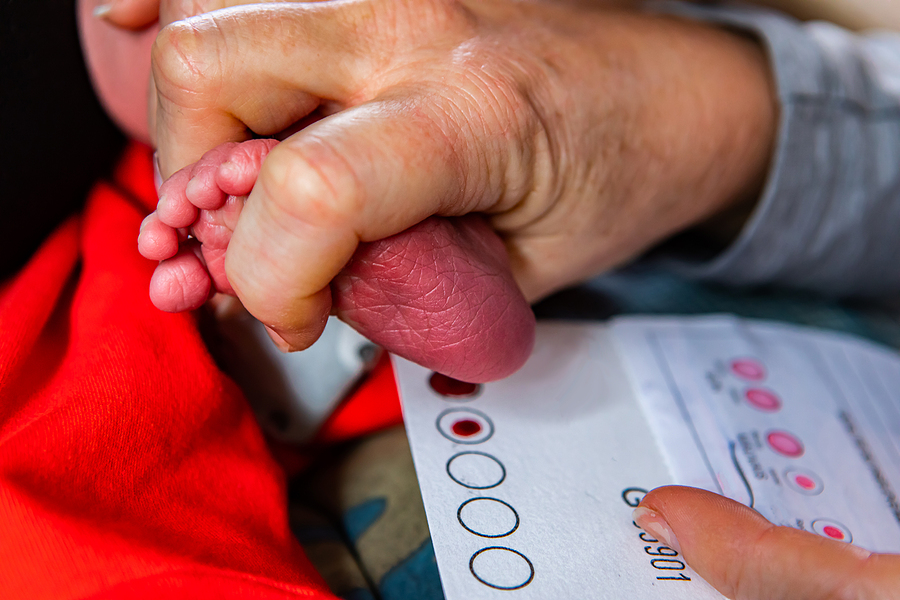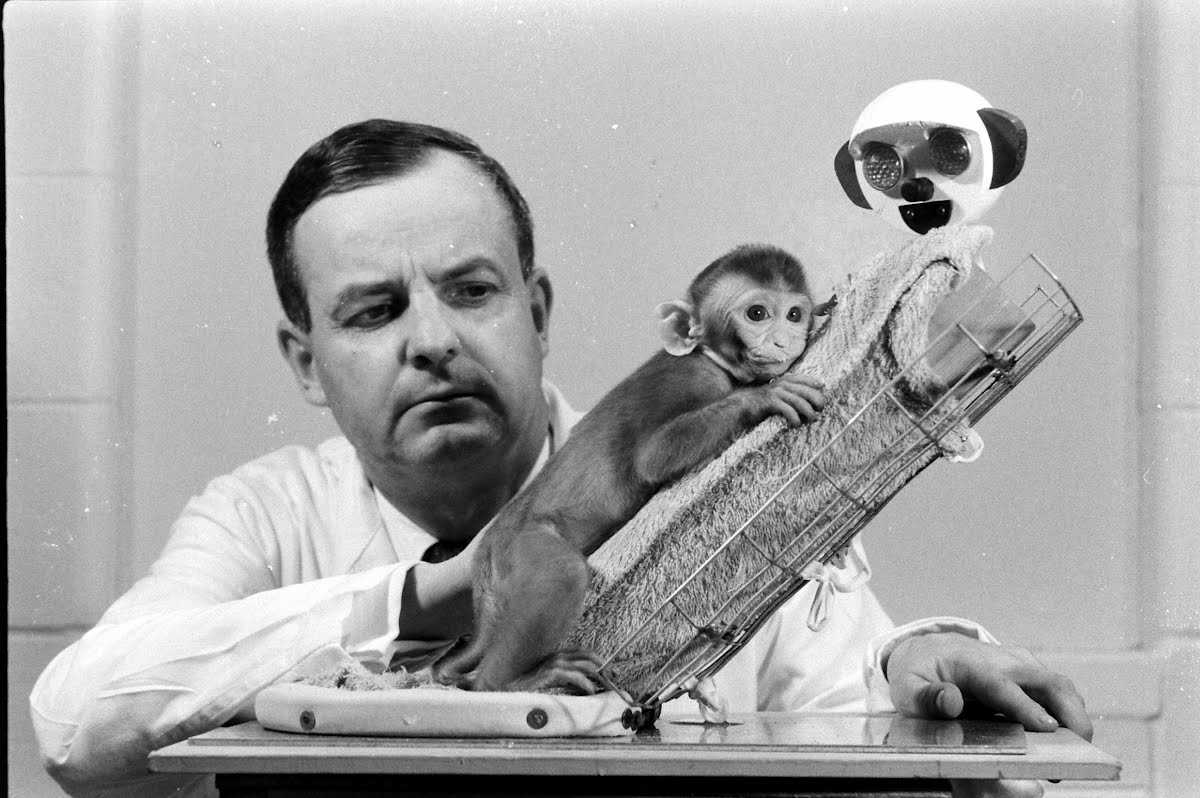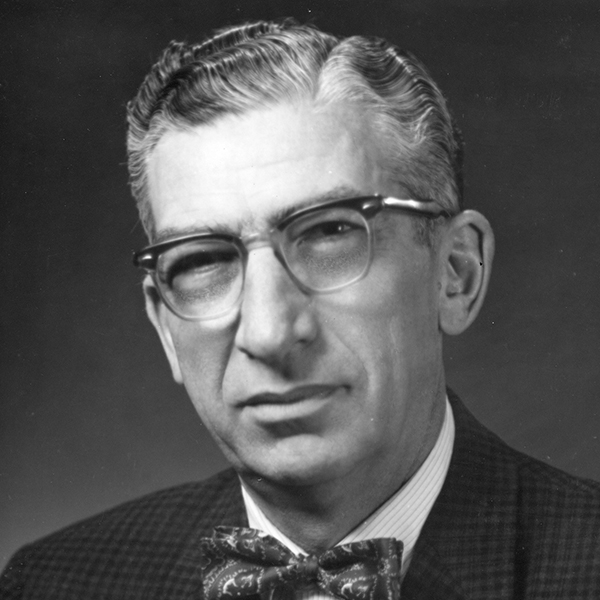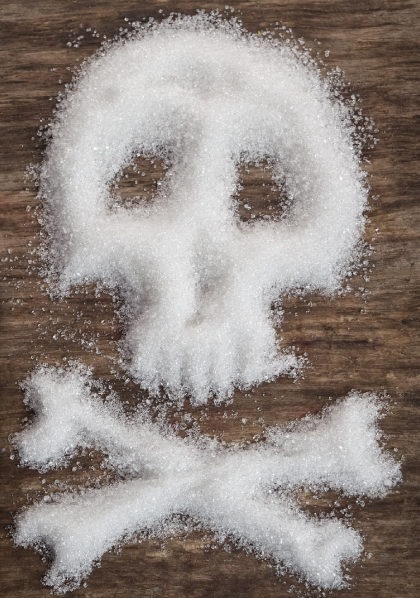“People with a rare hereditary disease known as phenylketonuria (PKU) have a difficult time metabolizing phenylalanine, a component of aspartame, and should control their intake of phenylalanine from all sources, including aspartame.”
Aspartame is approved for use in food as a nutritive sweetener. Aspartame brand names include Nutrasweet®, Equal®, and Sugar Twin®. It does contain calories, but because it is about 200 times sweeter than table sugar, consumers are likely to use much less of it. FDA approved aspartame in 1981 (46 FR 38283) for uses, under certainContinue Reading

